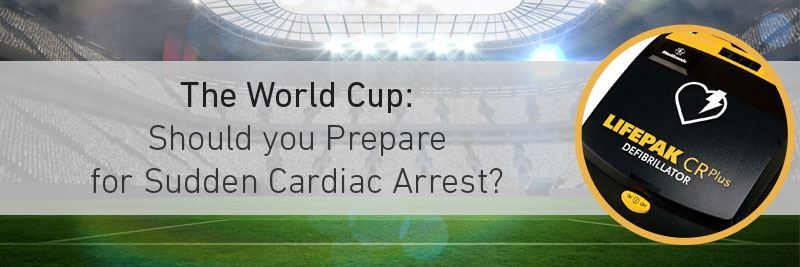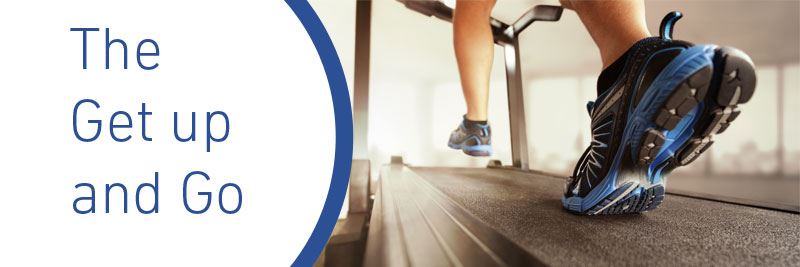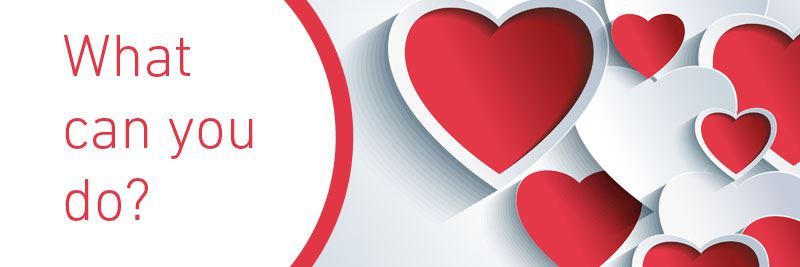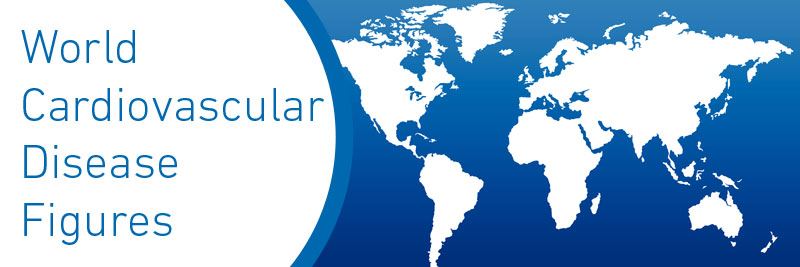With the World Cup just around the corner (June 12th – July 13th 2014) it’s likely your business will be preparing for it in some way. From extra cleaning supplies to an additional waste collection and spill kits to defibrillators; there’s a lot to think about.
The increase in custom from people watching the game or the increase in sport based activities your customers are taking part in, is often common during other major sporting events like the Olympics or the Commonwealth games. And we think it’s vital to be prepared. However, that may include getting yourself equipped should the worst happen. Looking after your customers is always first priority for any business, and especially when their life could be directly in your hands.
Sudden Cardiac Arrest (SCA) is a serious problem, not only the UK, but all around the world. There are 31 countries that are going to battle it out in Brazil to compete for the title and each one suffers from this. Cardiovascular related deaths are one of the biggest killers. Sudden Cardiac Arrests are not rare, although surviving one is without the proper equipment.
A spectator sport
Whether it is at pubs, restaurants, bars or social clubs – people come from far and wide to watch the world cup in a busy venue, with all the benefits of food, drink and great company. This comes with certain health risks, however. Sudden Cardiac Arrests can happen to anyone, anytime, anywhere. 90,000 people a year die from SCA alone in the UK, and with more people flocking into your premises, the risk of one happening only increases.
A Cardiac Arrest is an electrical malfunction in the heart that causes an irregular heartbeat and disrupts the hearts’ natural pumping action. Whilst it can happen to anyone, there are certain risk factors that increase these chances:
Smoking
Previous heart conditions
Diabetes
Stress
Being overweight
A sedentary lifestyle
A high fat and cholesterol diet
High blood pressure
A lot of which will occur on your premises, such as smoking, possible stress and eating fatty foods.
The get up and go
With all major sporting events comes an influx of people inspired to get fit, especially with the World Cup being so close to summer. A Sudden Cardiac Arrest can happen to anyone; any size, height, gender, age or health, meaning that an increase in people automatically increases the chances of one of your customers having a SCA on your premises.
The increased danger in sports centres, gyms and places of physical activity like dance classes and yoga sessions comes from the fact that a structural defect in the heart, or a problem with its circuitry has an increased chance of leading to a SCA during exercise.
In most cases, this defect is hypertrophic cardiomyopathy – a genetic condition, where the muscle wall of your heart becomes thickened. It is present in around 1/500 people in the UK and most people who have it have very few symptoms.
The problem is that people with this condition have symptoms that are similar to those experienced whilst ‘working out’ – onsets of dizziness and shortness of breath. Unfortunately, sometimes an SCA during exercise may be the first sign of hypertrophic cardiomyopathy. These are often dismissed amongst athletes or regular attendees of sports centres who are used to such symptoms after their workout.
You can read more on this on our blog All Sports Centres Should Have Defibrillators.
What can you do?
The survival rate for Sudden Cardiac Arrest is less than 5%. This is largely down to limited AED availability when someone needs it most. Installing defibrillators into all public places, including restaurants, bars, social clubs and especially gyms and sport centres could help to save thousands of lives every year. Many modern defibrillators are entirely automated, and the only action a rescuer would need to do is place the pads on a casualty’s chest as instructed by the defibrillator itself. From here, most defibrillators will also:
Guide you through what to do with the casualty
Check for signs of life
Start a metronome to help you count CPR compressions
Shock the casualty automatically; but only if they need it
Cardiovascular Disease deaths Worldwide
Related content
- Defibrillator, AED and Defibrillation Units
- Indoor & Outdoor Defibrillator Cabinets
- Batteries, Chargers and Accessories
- Modern Defibrillators are Nothing to be Scared Of!





